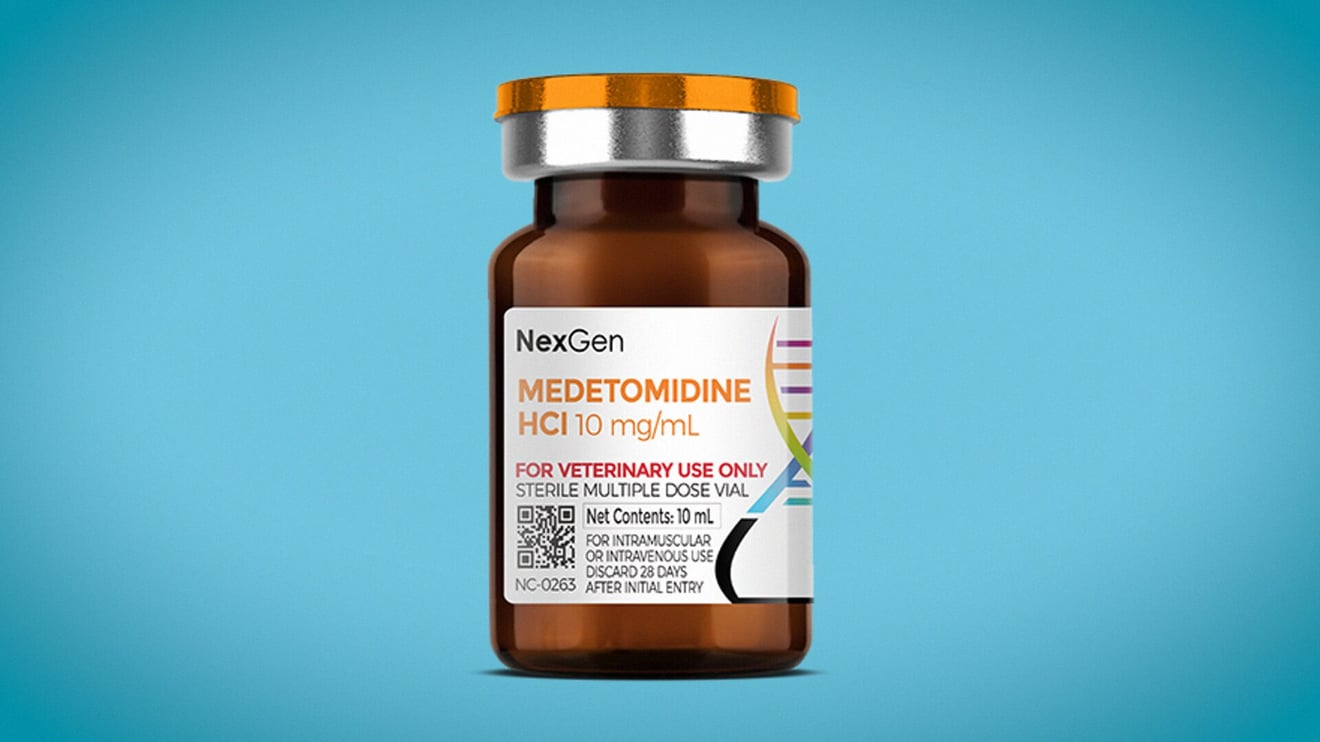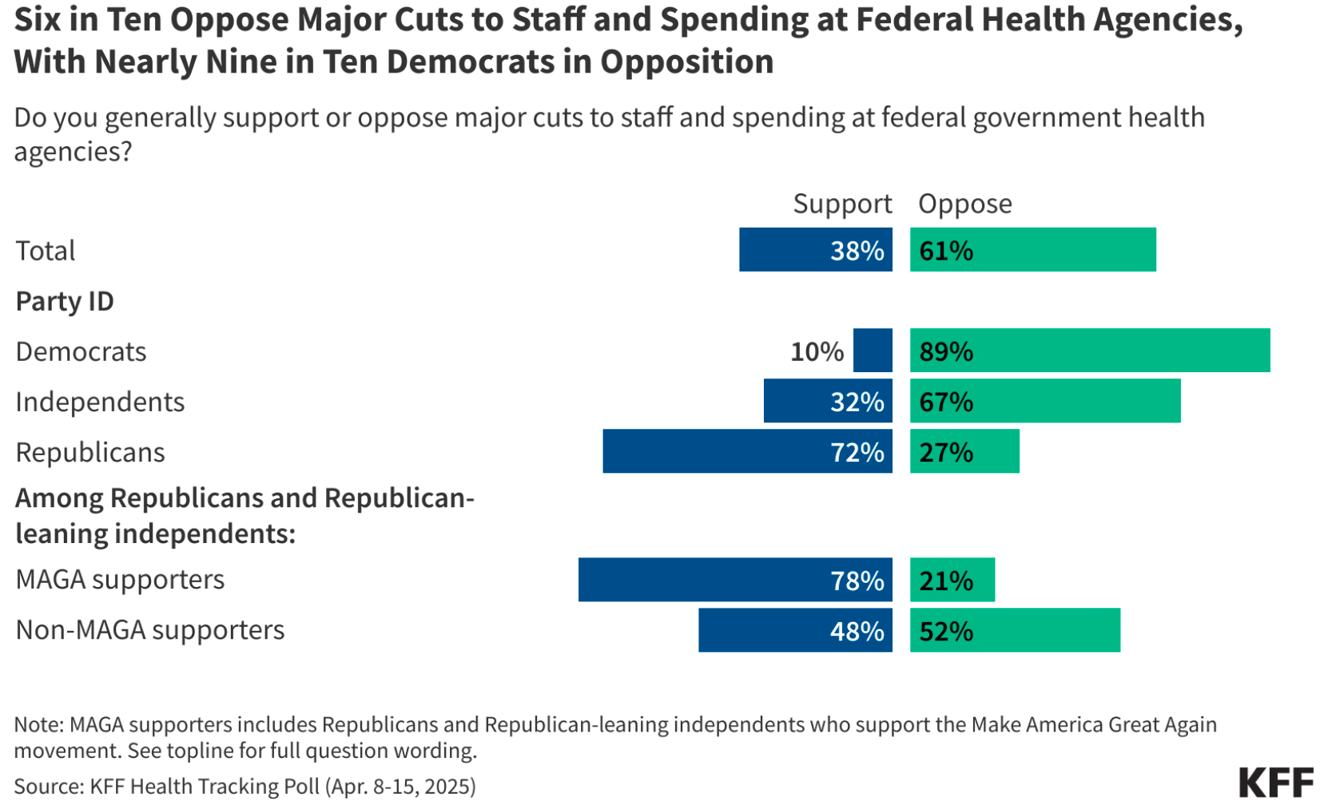addiction
First it was tranq. Now there’s a new threat in the illegal drug supply
STAT
Two years ago, for the first time, many Americans heard about xylazine, aka tranq — a veterinary tranquilizer whose use was rising in Philadelphia, part of an increasingly unsafe illegal drug supply. Now there’s a new ingredient being used to cut fentanyl. A sedative named medetomidine, or “dex,” is once again ravaging people who use it in Philadelphia, along with Pittsburgh, Chicago, and San Francisco.
“We saw our first dexmedetomidine samples in 2022, and it was like: Duh, it’s obvious that this is what’s going to replace xylazine when xylazine gets cracked down on,” Nabarun Dasgupta, a University of North Carolina pharmacoepidemiologist, told STAT’s Lev Facher. Especially troubling are the low heart rates and profound sedation from overdoses and the skyrocketing, potentially organ-damaging elevated heart rate and blood pressure that come with withdrawal.
Read more about this drug’s complicated dangers.
politics
Collins pushes back on Trump's cuts to research
Wednesday’s Senate hearing on biomedical research began with a rebuke to the Trump administration from a powerful Republican leader and continued on a bipartisan note urging a reversal of federal funding reductions. “Proposed funding cuts, the firing of essential federal scientists, and policy uncertainties threaten to undermine the foundation for our nation’s global leadership,” said Sen. Susan Collins (Maine), the Republican chair of the Senate Appropriations Committee.
The committee’s top Democrat, Sen. Patty Murray (Wash.), echoed Collins’ concerns about maintaining America’s place as the global leader of medical research. “President Trump and Elon Musk have been tossing tomorrow’s groundbreaking cures straight into the shredder,” she said.
There are few things that Congress does that provide as much hope as NIH funding, Sen. Jerry Moran (Kan.) said, and the Republican warned against the folly of thinking that what happens at NIH doesn’t matter. No representatives from the Trump administration officials testified, but Collins plans to hold another hearing at a date to be determined on the same topic at which administration witnesses will appear. STAT’s John Wilkerson tells us more.
politics
Most Americans oppose cuts to health programs 
Cuts to federal health agencies and programs are unpopular among Americans, mostly across party lines but with some variations, a new KFF Health Tracking Poll out today tells us. Budget and staffing reductions are opposed by large majorities of Democrats (89%) and Independents (67%) while Republicans and Republican-leaning independents are divided on the changes (48% in favor of the cuts, 52% against). But those who say they’re part of the Make America Great Again movement are highly supportive (78%) of cuts to health agency’s staff and budget.
Three quarters (76%) of those surveyed oppose major Medicaid cuts, including just over half of Republicans (55%), most Democrats (95%), and independents (79%). MAGA supporters are split on Medicaid (51% in favor of cuts, 48% opposed).
More opinions:
- Most (74%) oppose major cuts to states’ mental health and addiction prevention services: Republicans (58%), Democrats (89%), and independents (75%).
- Most (71%) oppose major cuts to funding to track infectious disease outbreaks: Republicans (51%), Democrats (89%), and independents (74%).
- Seven in 10 (69%) oppose major cuts to research at universities and medical centers: Democrats (92%) and Independents (69%) but most Republicans (56%) support the cuts.
